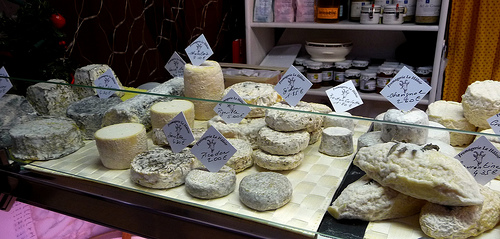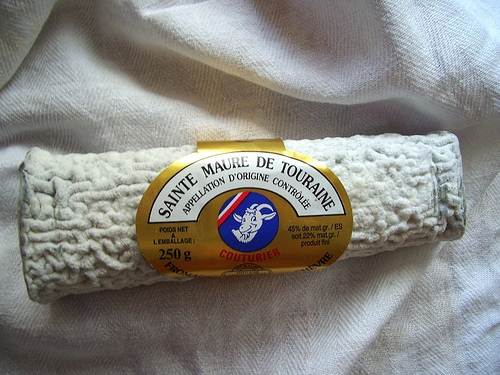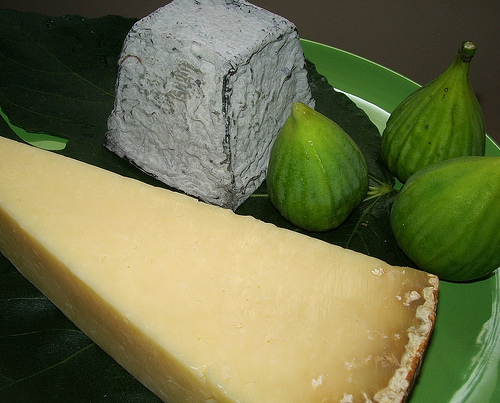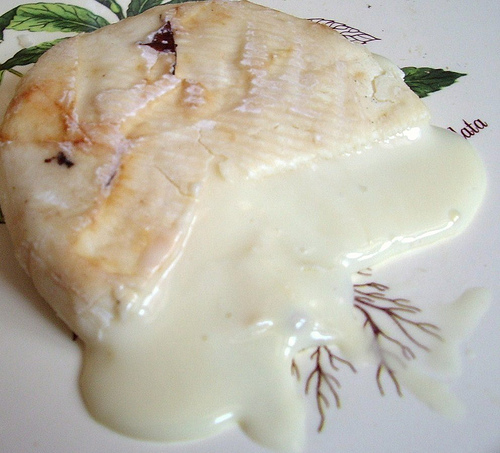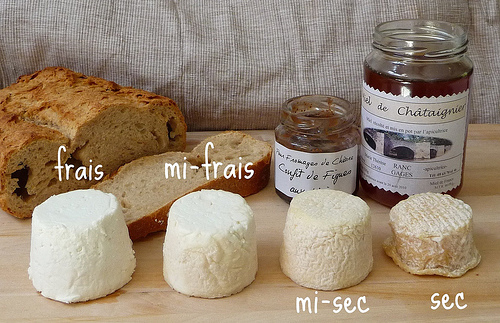When it comes to food, French cheese holds a dear place in my heart (as I’m sure it does in most of yours). There’s something about the texture, the flavors, and the way it seems to go with everything that makes cheese so wonderful.
While there are numerous types of French cheese, goat cheese has one of the highest rankings in my book. It gets its distinctive flavor from the goat’s natural hormones and diet. This cheese is also versatile because of its maturation process, meaning that it can be fresh and soft, semi-firm, or brittle and crumbly. You can even find this sweet and salty cheese flavored with herbs and spices, coated in ash or charcoal, or even marinated in olive oil. Goat cheese has a lower fat, cholesterol, and calorie content than cow’s milk cheese, but it also has more protein and calcium; it seems that goat cheese is the way to go!
France is known for its phenomenal food and wine, but it is also the heart of goat cheese, or fromages de chèvre, production. There are over one hundred varieties of fromages de chèvre in France alone. However, Loire Valley (the Garden of France) produces 70% of all goat cheeses in the country. It was in Loire Valley that goat’s milk cheese originated; the Saracens, who once inhabited the deserts of Syria, left behind their goats along with recipes for making cheese in the region of Poitiers during the 8th century.
Loire Valley exhibits fine wines and cheeses, including six goat cheeses—Saint-Maure de Touraine, Selles-sur-Cher, Valençay, Pouligny-Saint-Pierre, Chabichou du Poitou, and Crottin de Chavignol—that are AOC (Appellation d’Origene Controlee) certified. This certification guarantees that the products were made within a specific region of France, following certain production methods.
- Sainte-Maure de Touraine
Sainte-Maure de Touraine is in the form of a log, with a blue-grey rind. It is rolled in black wood ash, yet has a walnut aroma. Early on, this cheese is smooth and creamy, but as it ages, it becomes a drier and denser cheese.
- Selles-sur-Cher
This cheese (sold in a cylindrical shape) is also rolled in charcoal ash. The ash grows a blue-grey mould that gives the cheese a strong flavor. It is harder and heavier, with a moist texture. This cheese will just melt in your mouth!
- Valençay
Valençay goat cheese comes in the form of a small black pyramid with a flat top. Legend has it that Napoleon spitefully swiped the tip of this cheese off with his sword after returning with disappointment from his campaign in Egypt. The rind has a natural mould that is covered with salted powdered charcoal. It has a soft and nutty flavor. Valençay is usually eaten on crackers, as hors d’oeuvres, or even with baked potatoes. Sometimes it is eaten in thin slices as an aperitif or an after-dinner-treat.
- Pouligny-Saint-Pierre
This soft and moist goat cheese, is also known for its pyramid shape. When first produced, the rind is soft and ivory-colored. As the cheese ages, the rind wrinkles dry out and become reddish-orange. Pouligny-Saint-Pierre has a creamy and nutty flavor.
- Chabichou du Poitou
From the region of Poitou (cheeses usually take the name of the local village in which they’re produced), Chabichou is a sweet goat cheese. It has a smooth thin rind of white, yellow, and blue mould. The cheese is best when farm-made, but it is also produced co-operatively and industrially. When it matures, Chabichou is denser and smoother. It is usually a dessert cheese, and is mostly served in the summer.
- Crottin de Chavignol
The most famous goat cheese of the Loire Valley is Crottin de Chavignol. This cheese has a hard black surface with a sour, sweet, and slightly salty taste. What makes this cheese unique is that it can be eaten at different stages of the maturation process. When it is first made, Chavignol is wrapped in herb leaves and is creamy and nutty. As it ages, it becomes more brittle with a more distinct flavor. Chavignol is 100% whole goat’s milk. It is served warmed and grilled on a chevre salad, which makes a fabulous appetizer.
- Banon
Coming from northern Provence, Banon cheese is a unique sweet cheese. It is wrapped in chestnut leaves and tied with raffia, keeping it fresh. There is a small percentage of cow’s milk in Banon, but it maintains the salty and creamy flavor of goat cheese. Banon has a citrusy and woody flavor and is best after it has been ripened for a few weeks. It pairs well with fresh fruit and a sweet dessert wine.
- Brocciu
Brocciu is one of the national foods of Corsica and is the only AOC cheese made with whey. It is similar to Italy’s ricotta cheese. It is best two days after the product has been ripened for two weeks. This sweet cheese is used in soups, vegetable recipes, omelets, and pastries. In some instances, it is served for breakfast with jam.
- Chèvre
Chèvre is pure goat’s milk cheese that comes in a variety of shapes and sizes. You can find this cheese covered in ash, leaves, herbs, or pepper. When it is young, chèvre is mild and creamy, but it becomes drier, firmer, and more acidic as it ages. It pairs well with French bread and olives or figs. It is also used in salads, omelets, pizzas, and soufflés.
- Picodon de Chèvre
From the Ardèche mountains and region of Drôme, Picodon de Chèvre is an aromatic goat cheese. It is sweet in its youth, but becomes more potent with age. Picodon is typically preserved in olive oil.
Are you dreaming of tasting goat cheese on your France vacation? Click here to see how I can encorporate it in your foodie adventure or get in touch so I can set up a cheese tasting for you!
Written by: Laura Photos: A huge thank you to the French cheese goddess herself, Chez Loulou. All photos can be found in her Flickr stream.

